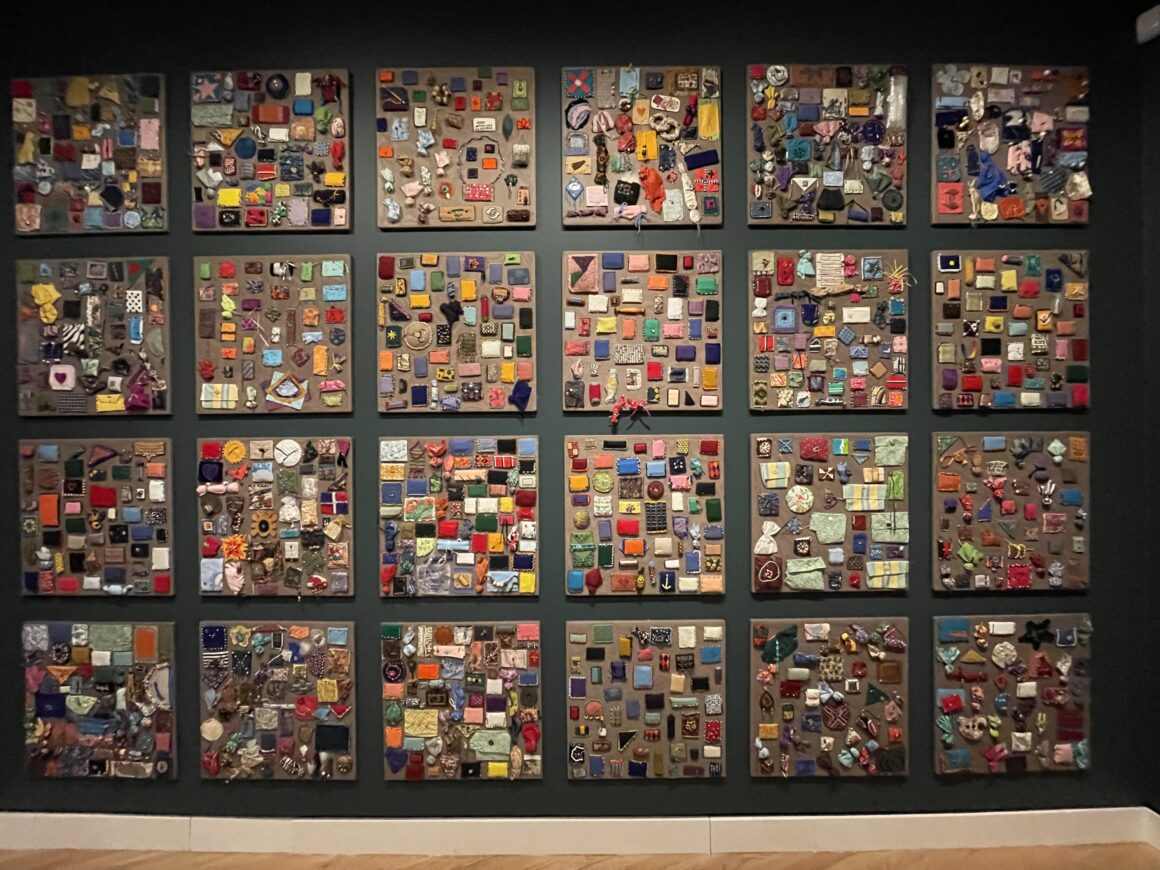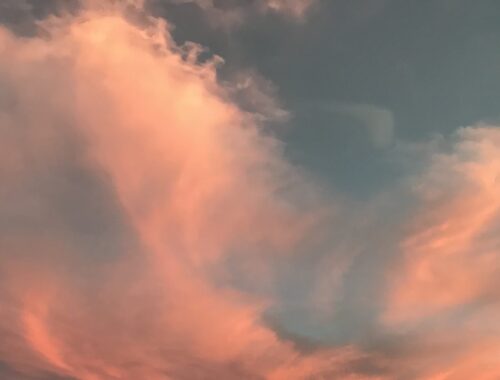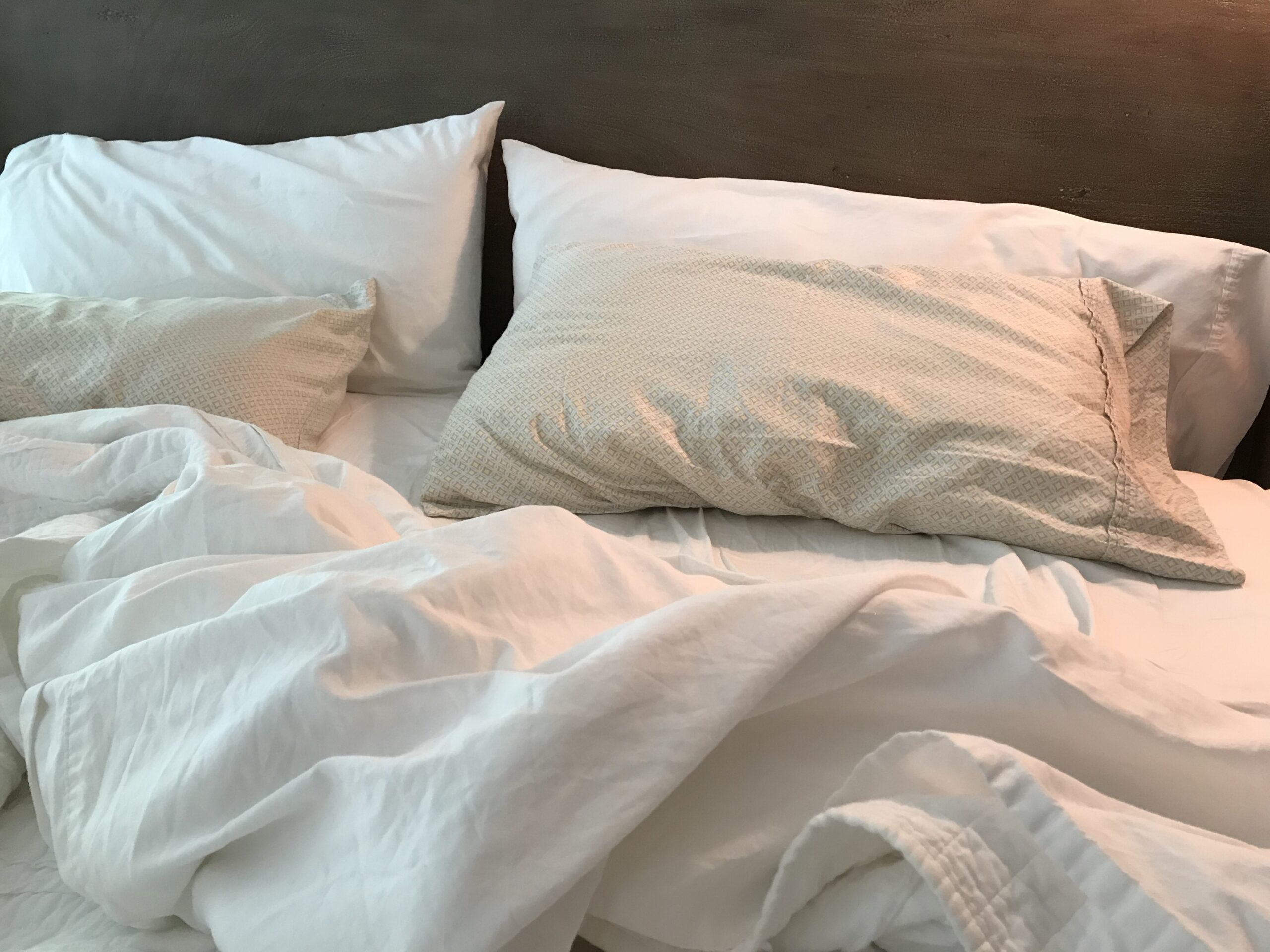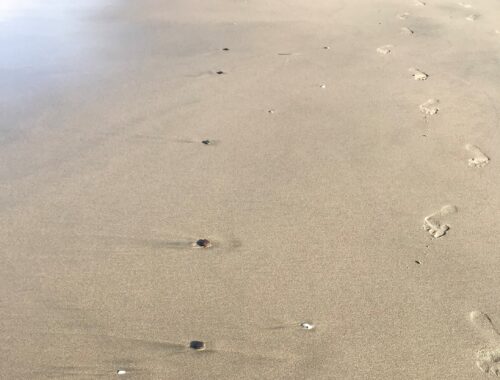
Wishes Come True
We had planned to spend the last daylight hours of every day of this working vacation exploring the miles of trails here in Bentonville, Arkansas; we looked at the weather forecast before leaving Austin, though, and decided not to even pack our bikes. “Bike on dirt, not mud,” the signs across the area warn, and anything that could become mud has become mud during this rainy spring in the Ozarks. On our drive here, we plowed through standing water on the highway and took an exit to park under the shelter of an abandoned gas station as the dark clouds roiled green and a hail warning swept across that county, at the leading edge of an electrical storm. When we re-pack the car this morning to leave for a nephew’s wedding, we’re going to need to be careful to protect our stuff from soaking—we were waking up gently to the continued thrum of rain on the roof of our Air BnB above a garage, and then were startled into full alertness by the giving way of a gutter or some other water collector outside the window. We—along with you and everyone else on earth!—have spent the past fifteen months practicing quick pivots in response to external conditions changing outside our control; this week, we’ve practiced a bit more, but in the happiest of situations. As my dad pointed out to my over-scheduled teenaged self, it’s physically impossible to be in two places at one time, no matter how much you’re trying to fit into the available blocks. What the application of that principle has meant this week: Less time on the trails means more time with other adventures, especially of the yoga and art varieties.

Just one piece among the extensive (and I could catalog an entire list of adjectives here, all of them followed by exclamation marks!) collection at Crystal Bridges Museum of American Art, Sonya Clark’s Beaded Prayers pulses with and radiates the sorrows and longings that the more than 5,000 contributors to the project from 35 countries over 20 years hand sewed into their offerings, what they held in their hearts enclosed within the folded and stitched material. Each of the participant’s small, unique packets is affixed in a loose grid pattern on a uniformly sized support that is then arranged as part of a wall-sized grid system throughout the enveloping sides of the room. As a viewer of this personal, community art—the intimate within the collective—it’s easy to become overwhelmed by the energy generated from the display. When I stood in the center of the space, I was reminded of the intensity of my emotional response to the AIDS quilt when it first went on national display in 1988. (The AIDS quilt was among Clark’s inspiration for her own “crowdsourced public art initiative,” according to the curatorial notes for Beaded Prayers.) As viewing deepens into witnessing, though, we add our own internal voices and lofting desires to the mysterious, bound prayers, wanting for the artists what they wanted for themselves, hoping for them what they hoped.





